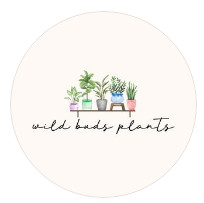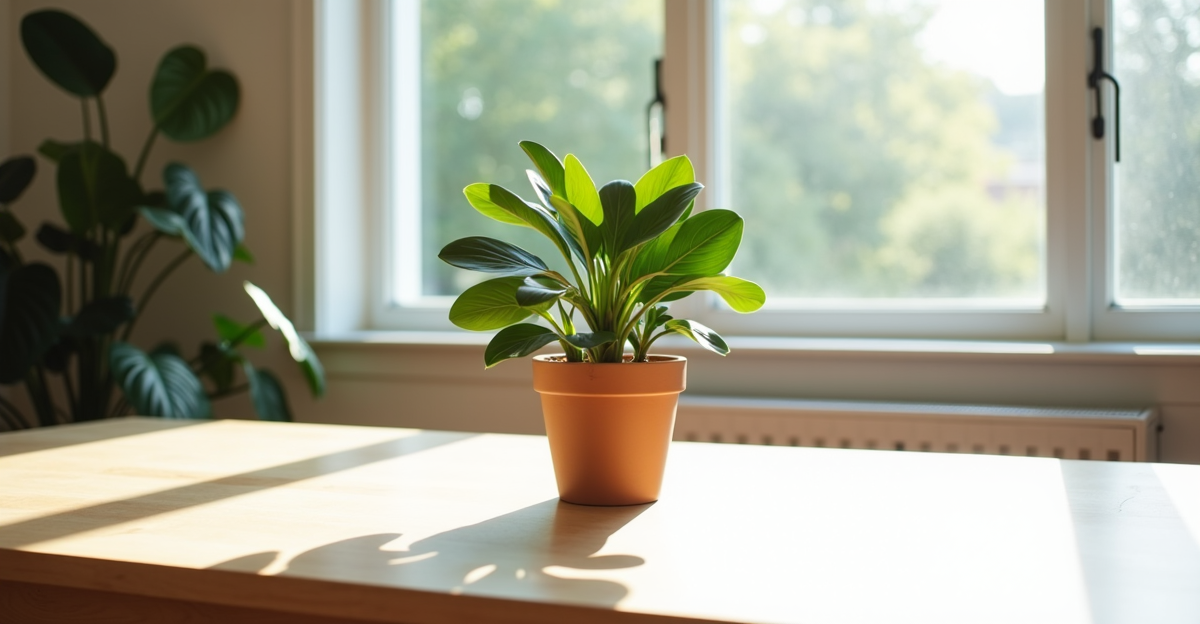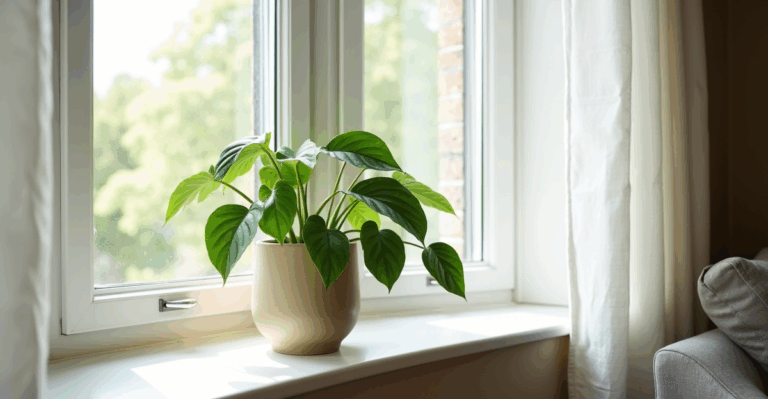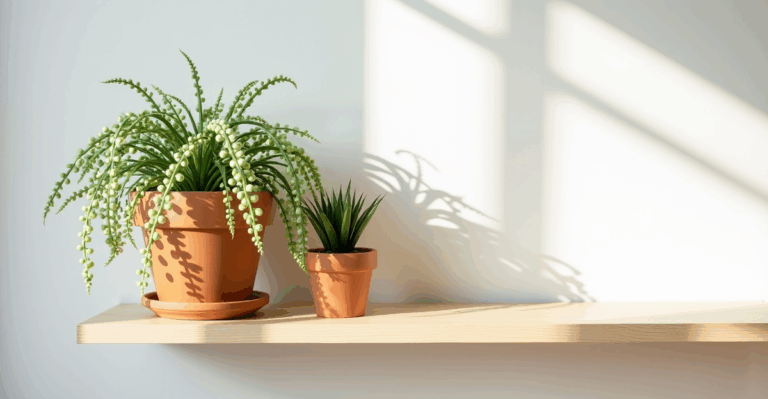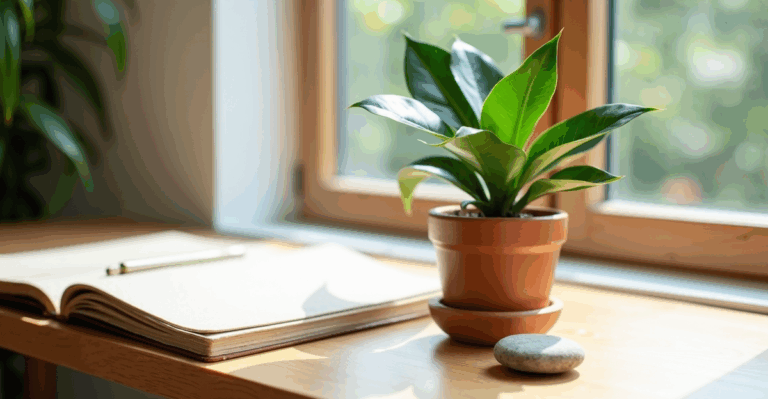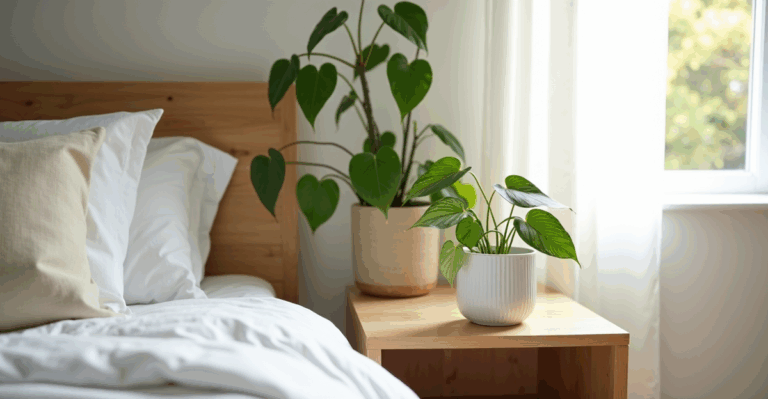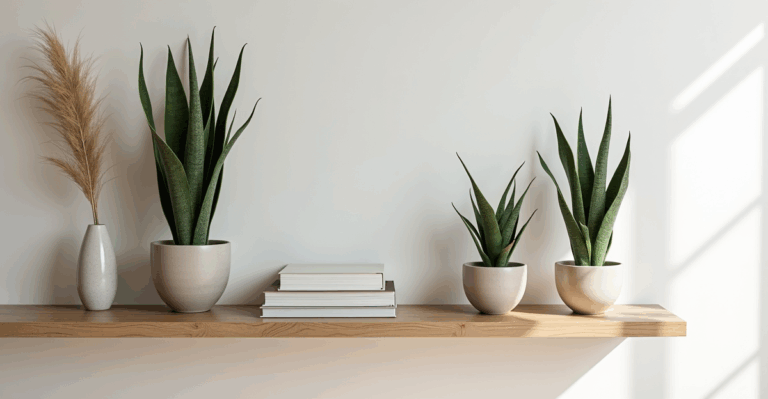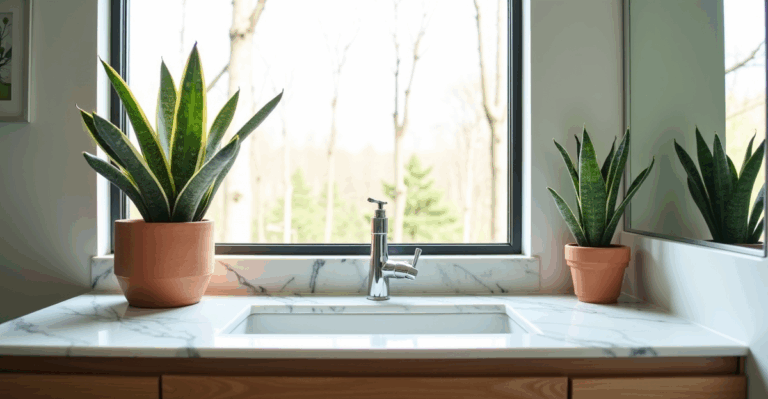Why Your Dining Table Needs a Zz Plant (Not a Candle, Not a Bouquet)
Picture this: You’ve set the table for guests, the candles flicker, the silver glints. Then your cat, Marmalade, nudges the centerpiece—a towering bouquet of roses. They tumble, petals scatter, and suddenly the mood’s ruined. We’ve all been there. And we’ve all tried to solve it with the same tired, fragile solutions: a vase of flowers that wilts by lunch, a heavy ceramic bowl that feels like a tombstone, or a low-slung arrangement that gets knocked over with the first elbow bump.
What if your centerpiece wasn’t fragile? What if it needed only water once a month, didn’t wilt in a sunny dining room, and actually helped your cat avoid chewing on toxic stems? Enter the Zz plant (Zamioculcas zamiifolia). It’s not just a resilient survivor—it’s the ultimate dinner party peacekeeper. And it’s completely pet-safe (unlike lilies or peace lilies, which are not safe for cats or dogs). This isn’t about trendy decor; it’s about practical, beautiful, low-stress styling that works with your life, not against it.
Why Zz Plants Actually Work (Where Other Plants Fail)
Most people try to use traditional floral arrangements or fussy succulents as centerpieces. But floral arrangements need daily attention, and most succulents (like echeverias) need direct sun—rarely available on a dining table. Zz plants thrive in the exact light conditions most dining rooms offer: bright, indirect light from a window (not scorching south-facing sun, but not a dark corner either). They’re also drought-tolerant, meaning you won’t panic if you forget to water them during a long weekend. And crucially, they’re non-toxic. Even if your cat gives them a curious nibble (a rare but possible habit), it won’t cause illness. (We’ve seen it with our own cat, Marmalade, who prefers the plush rug to the Zz.)
The trap most people fall into: Using a too-tall plant. A 3-foot fiddle leaf fig in the center of a 6-foot table looks like a forest. Zz plants, however, grow slowly to 18–24 inches tall—perfect for not blocking your view of the person across the table. Their thick, glossy leaves create visual weight without the height drama.
How to Style It Without Overcomplicating
Forget complicated arrangements. A Zz plant as a centerpiece is about contrast and simplicity. Here’s how to do it right:
1. Choose the Right Pot (Not Just Any Pot)
A standard pot? Too generic. A fancy terracotta? Too hot in summer. The key is a slim, tapered pot that fits naturally on your table without crowding. It needs drainage (Zz plants hate soggy roots), so avoid non-porous materials like glazed ceramic. A lightweight, 3D-printed planter with subtle texture (like a soft geometric pattern) works beautifully—it holds moisture just right, doesn’t weigh down your table, and looks intentional. (We tested this with our own dining table, and it’s the only pot that didn’t make the Zz look like it was drowning in a bowl.)
2. Place It Strategically
Put it slightly off-center—not dead in the middle. This creates flow, letting your eye move naturally from plate to candle to plant. If your table has a built-in centerpiece, place the Zz behind it (not blocking it). For a long table, use two smaller Zz plants at either end of the table, spaced 3 feet apart. This creates symmetry without feeling stiff.
3. Pair It with One Simple Element
Don’t add candles and fruit and a vase. Keep it to one accent. A single, low-slung ceramic candle holder (not tall, not flickering wildly) placed beside the pot looks elegant. Or a small bowl of smooth river stones (not sand) at the base of the plant for texture. Never add a second plant—Zz plants need space to breathe, and two plants will compete for light and water.
Real-Life Care: Why This Isn’t Just “Low Maintenance” (It’s Smart Maintenance)
Zz plants are tough, but they still need thoughtful care to look their best on your table. Here’s how to avoid the most common mistakes:
- Watering: Let the top 2–3 inches of soil dry out between waterings. In winter, this might be every 3–4 weeks; in summer, every 2–3 weeks. Overwatering is the #1 killer (it causes root rot, which is invisible until the leaves yellow). Pro tip: Stick your finger in the soil—don’t just check the top layer.
- Light: Bright, indirect light is key. An east-facing window (sun in the morning, not afternoon) is ideal. If your dining room only gets north light (common in apartments), the plant will grow slowly but stay healthy—just be extra cautious with watering.
- Seasonal Shifts: In winter, indoor air dries out. If you have a radiator near the table, keep the plant 1–2 feet away. In summer, avoid placing it near AC vents (cold drafts shock the plant).
- Pet Safety Note: While non-toxic, cats might still chew the leaves. If your cat is a nibbler, place the plant slightly off the edge of the table (where paws can’t reach) or use a small, decorative riser (like a wooden cube) to elevate it.
Edge Case: You have a Zz in a self-watering pot (like those with a reservoir). This is great for travelers, but for a dining table, it’s risky—overwatering is easy. We recommend using a standard pot with drainage, then watering by hand. Self-watering systems often lead to soggy roots in low-light spots (like a dining room), which ruins the plant.
Why This Works in Real Homes (Not Just a Photo Shoot)
Last winter, our editor tried a traditional floral centerpiece for a dinner party. The flowers wilted by 7 PM, and the table looked sad. Then she tried a Zz plant in a slim, 3D-printed pot (with a stone tray underneath to protect the wood). The table felt warm, alive, and intentional. Guests asked about it. Her cat, Marmalade, ignored it completely (unlike the roses, which she’d tried to eat). The plant stayed lush for months with minimal effort.
Another example: A north-facing dining room in a 1920s apartment. The room had no direct sun, just soft, diffused light from a window. A standard succulent (like a snake plant) would have struggled, but the Zz thrived—slowly, but steadily. The key was using a slim pot (not a wide, shallow one) to fit the narrow table space. We placed it in a corner of the table, not the center, so it didn’t compete with the view of the window.
What Doesn’t Work:
– Putting it in a very dark corner (it’ll stretch toward light, looking lopsided).
– Using a deep pot (it’ll hold too much water, risking root rot).
– Adding two Zz plants on a small table (they’ll crowd each other and look messy).
The Final Touch: Making It Feel Like Yours
This isn’t about copying a Pinterest image. It’s about adapting to your space. If your table has a dark wood finish, choose a pot with a warm, matte finish (like a light terracotta or soft black). If it’s a modern white table, a sleek black or white 3D-printed pot matches perfectly. The key is contrast—a textured pot against smooth wood, or a minimalist pot against a patterned tablecloth.
And remember: The goal isn’t perfection. It’s a centerpiece that lasts—no daily fuss, no panic when you forget to water, no stress about your cat. It’s a quiet, living thing that makes the room feel warm and cared for. That’s the real magic.
Key Takeaways
– Zz plants are pet-safe, drought-tolerant, and thrive in typical dining room light (bright, indirect).
– Use a slim, tapered pot with drainage (not a self-watering pot) to avoid root rot.
– Place off-center, with just one simple accent (like a low candle or stones).
When you’re ready to grow your setup, explore our 3D-printed planters.
